Analyzing the Impact of IT Development and Robotics on Business
VerifiedAdded on 2022/09/13
|10
|713
|16
Report
AI Summary
This report delves into the management of information systems and the impact of IT development, particularly focusing on robotics, in the context of business operations. It examines how IT development has increased the flow of information and the role of IT services, including infrastructure, computing, software, and robotics. The report highlights the growing importance of robotics, its applications in automating tasks, and the factors influencing its implementation, such as cost and scalability. It also explores the advantages of robotics, including enhanced efficiency and the ability to adapt to market changes, and discusses the cloud computing solutions that facilitate the use of robotics as a service. The report further outlines the key factors constituting a robot and the two primary operational models: cloud and rent robots. Finally, it emphasizes the use of robotics in streamlining manufacturing and improving business efficiency, supported by references to relevant academic sources.
1 out of 10
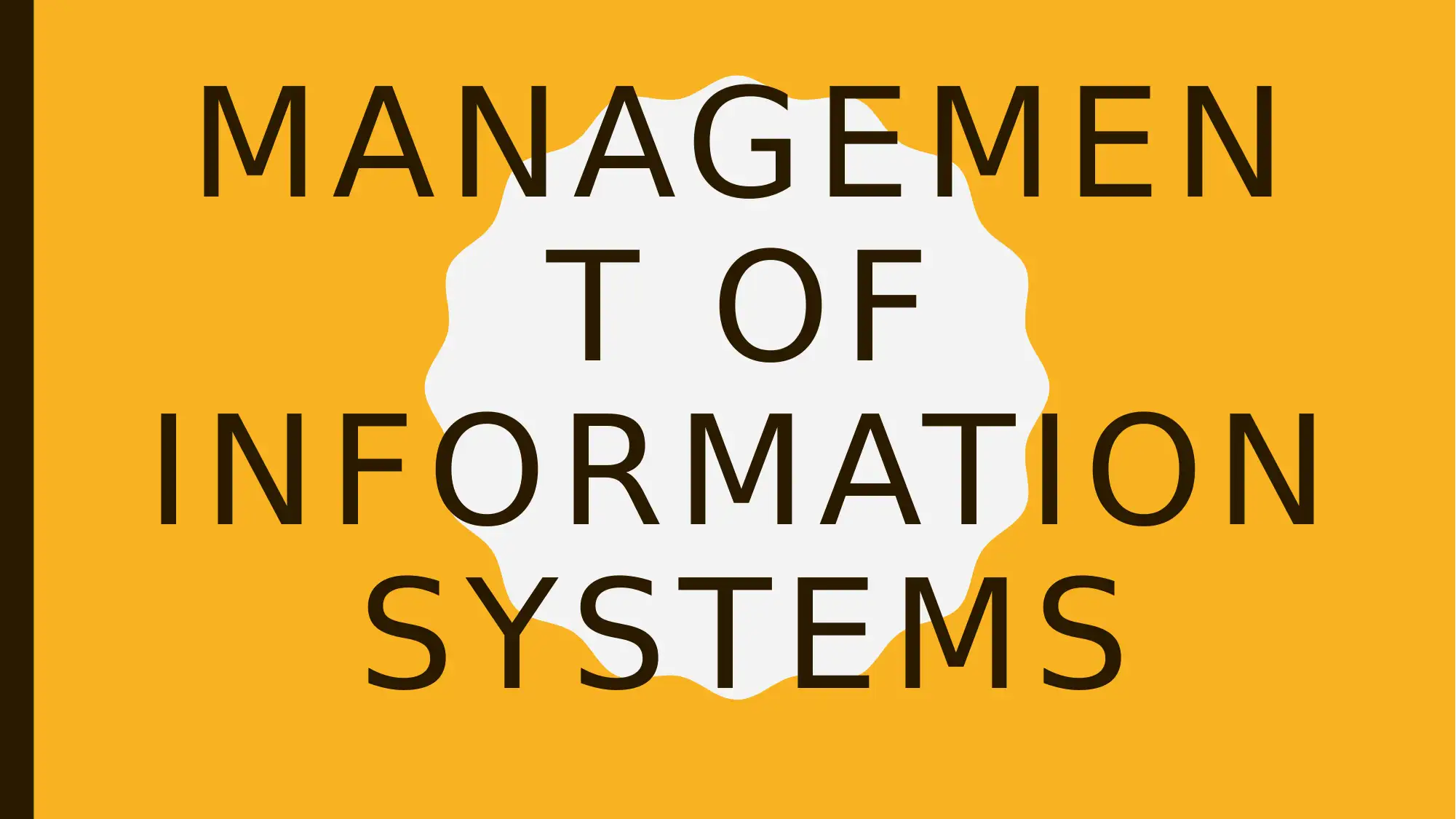
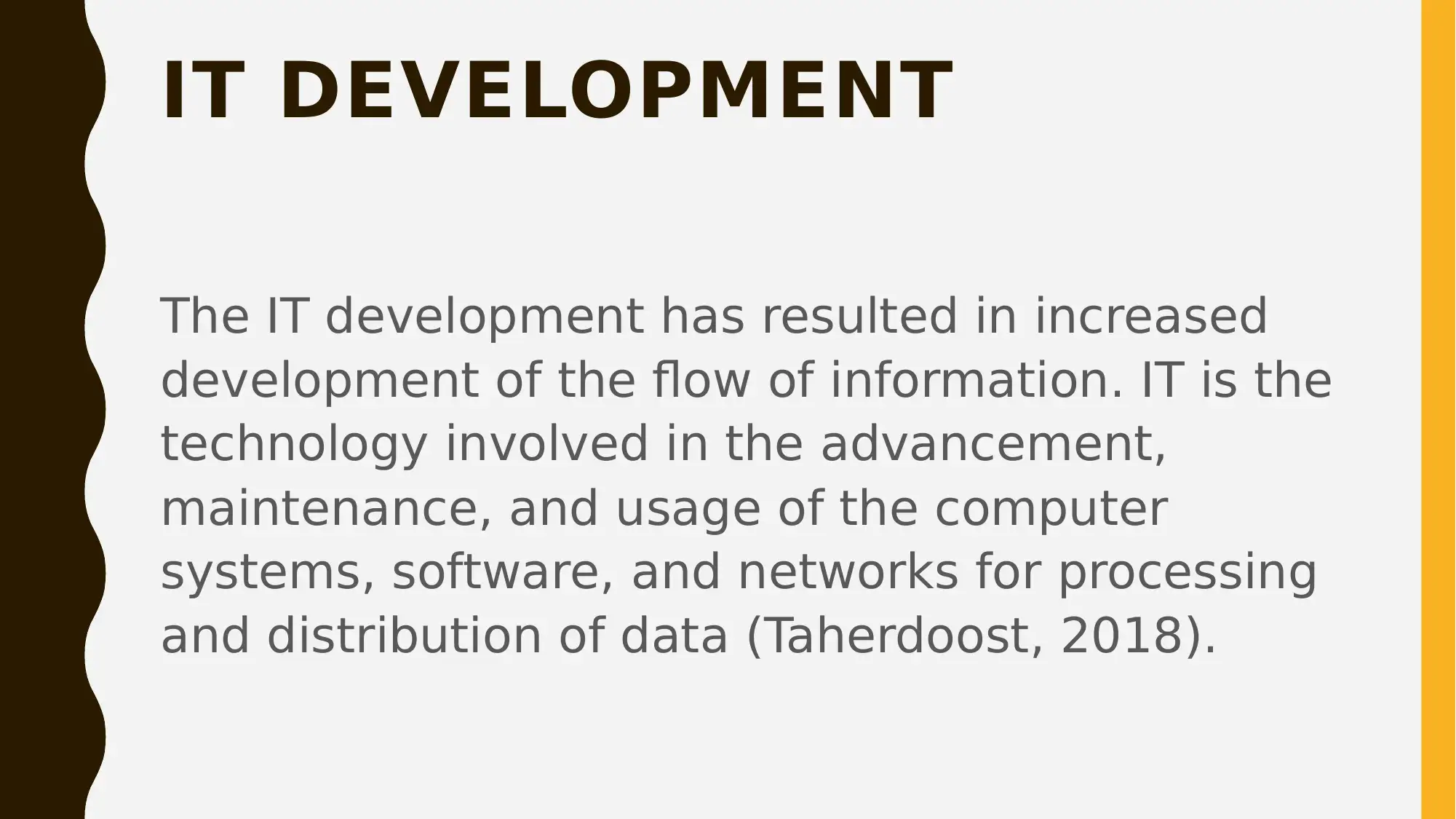
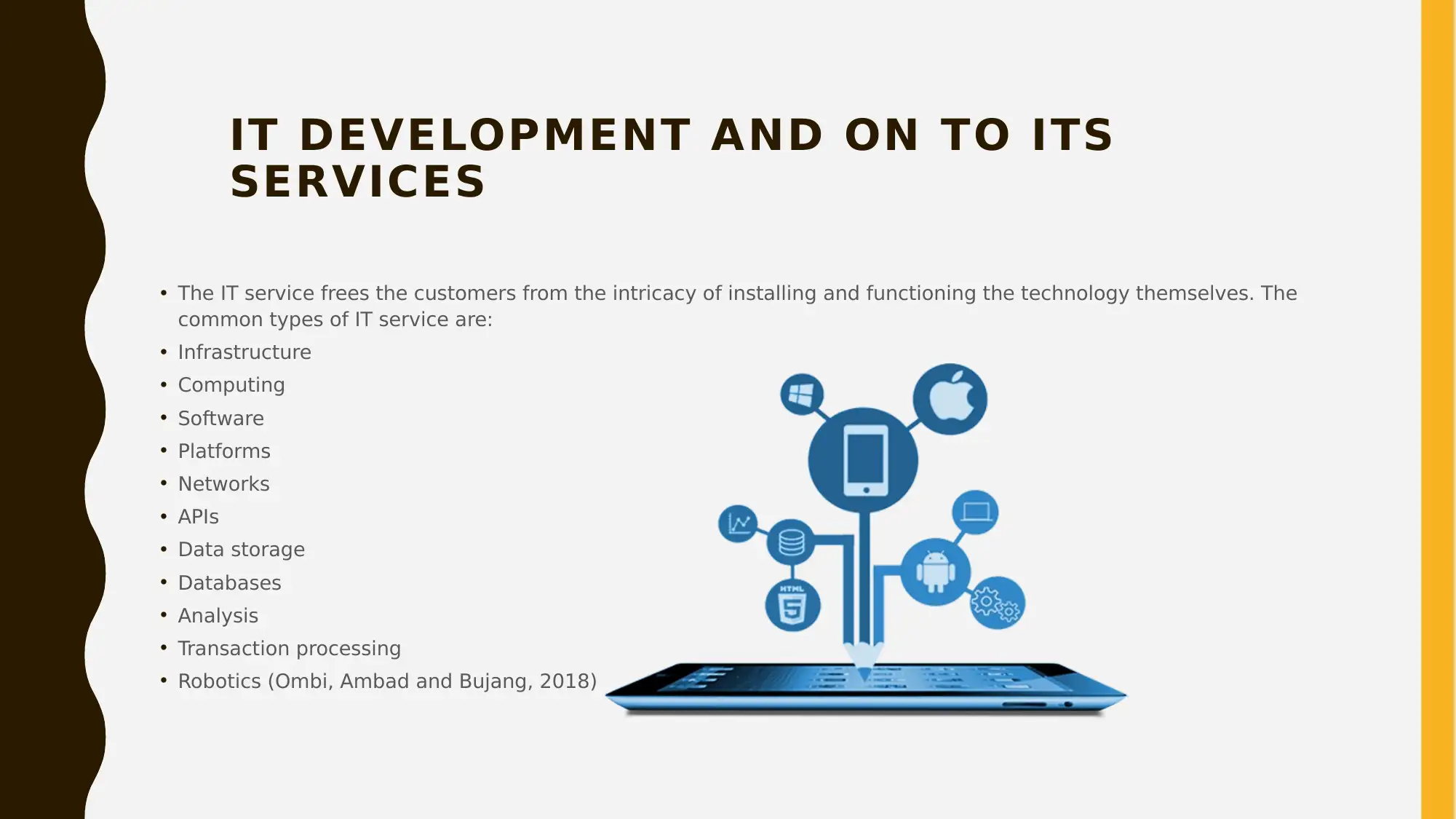

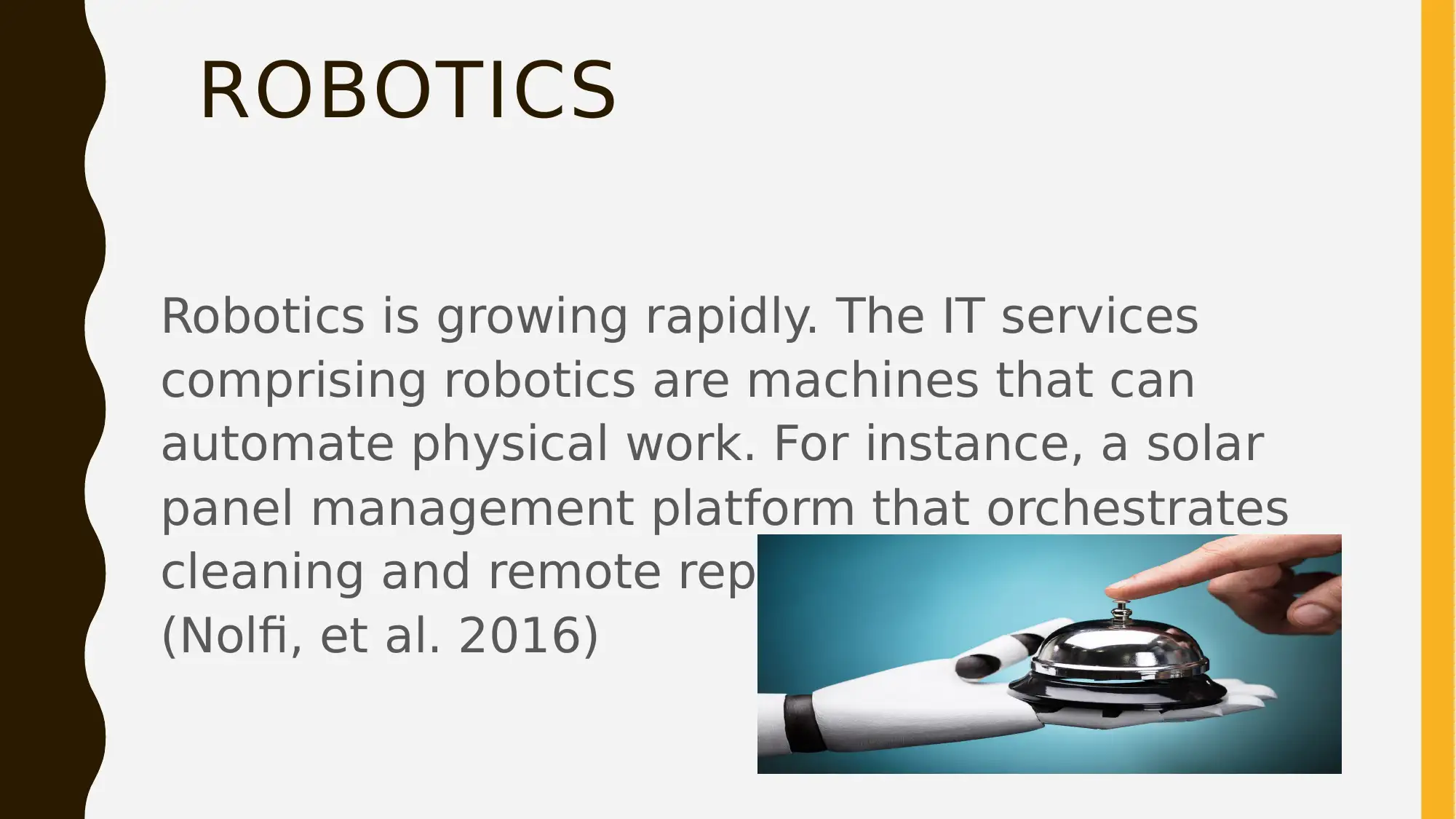
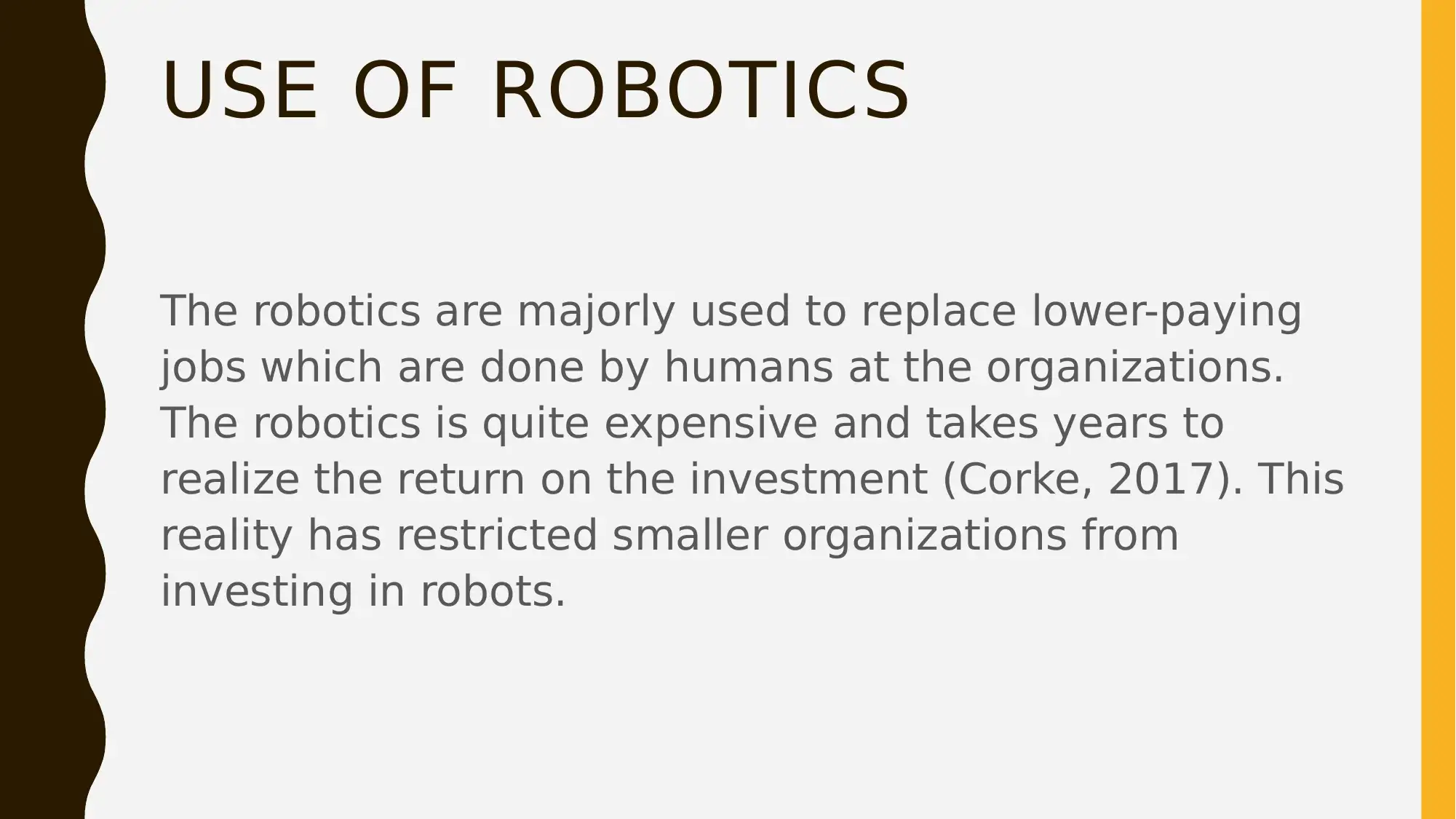
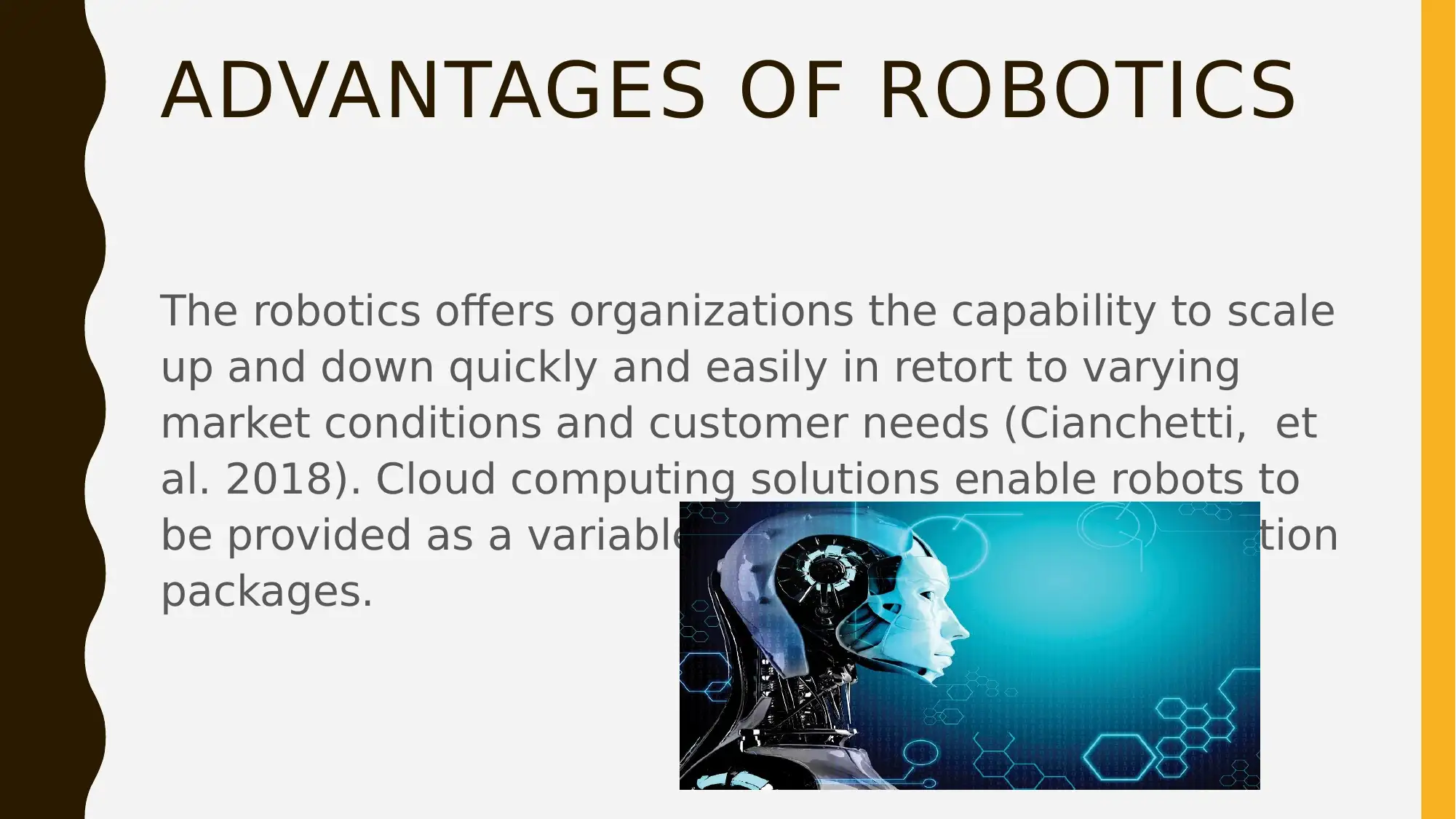
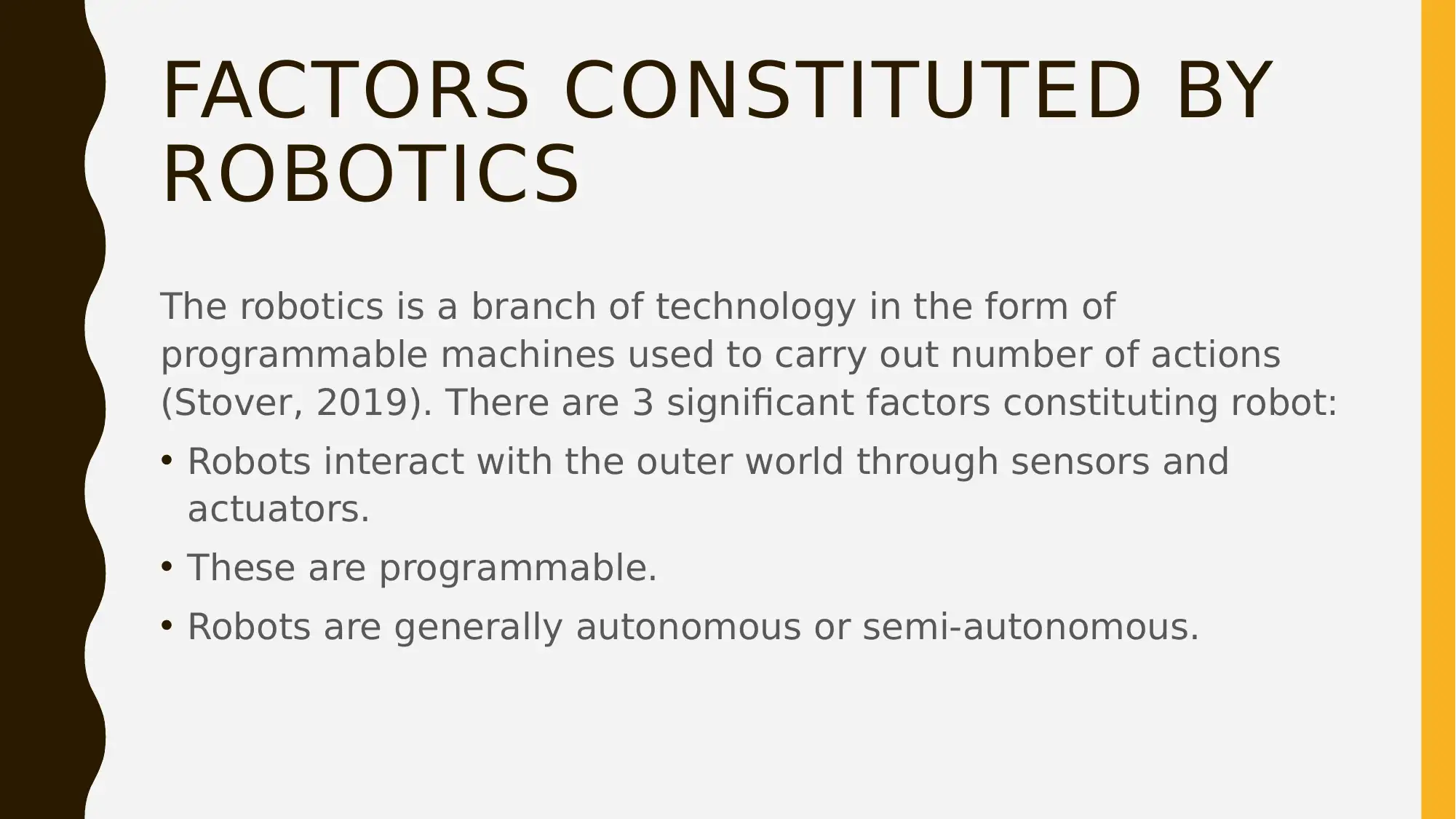
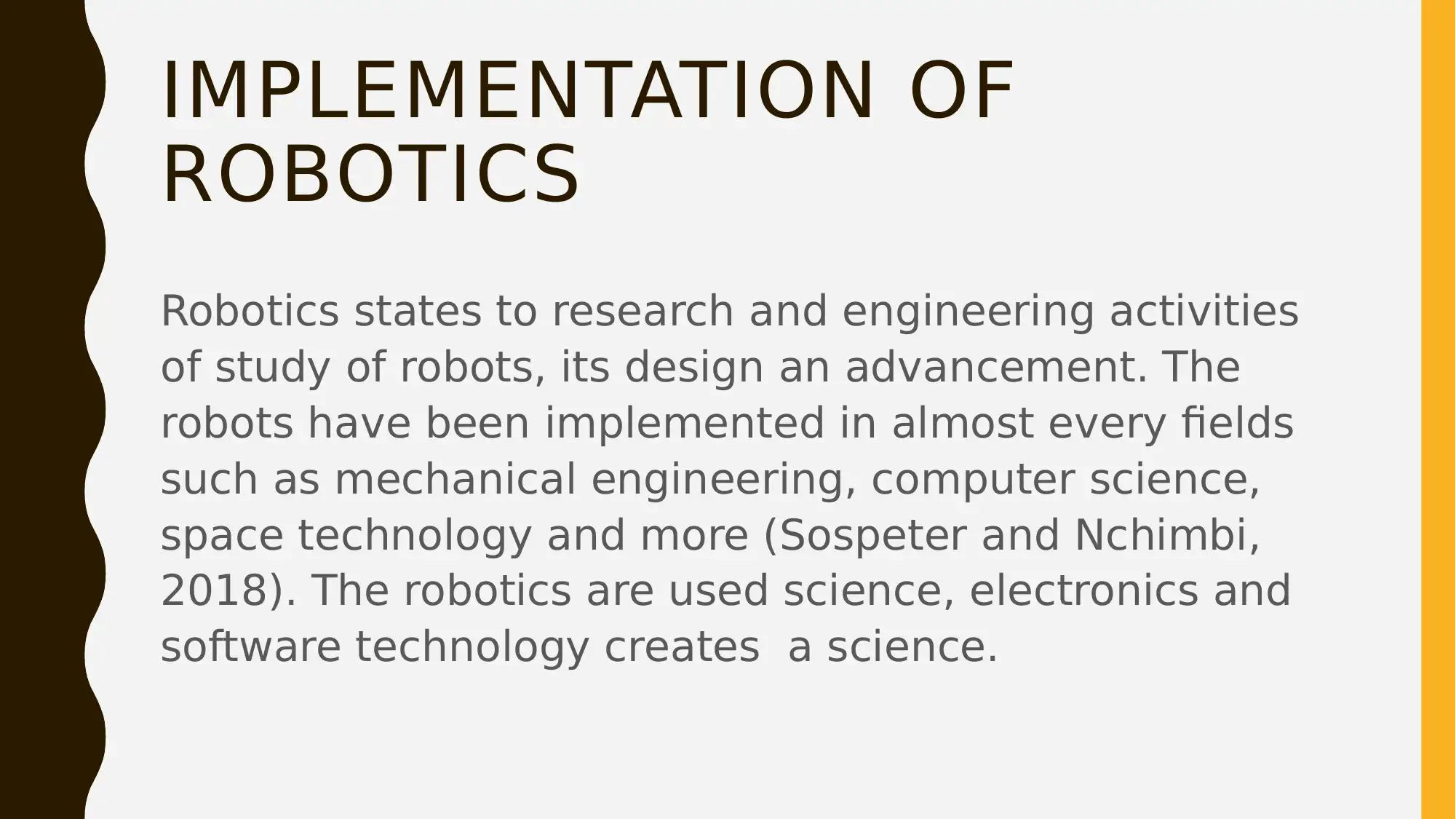
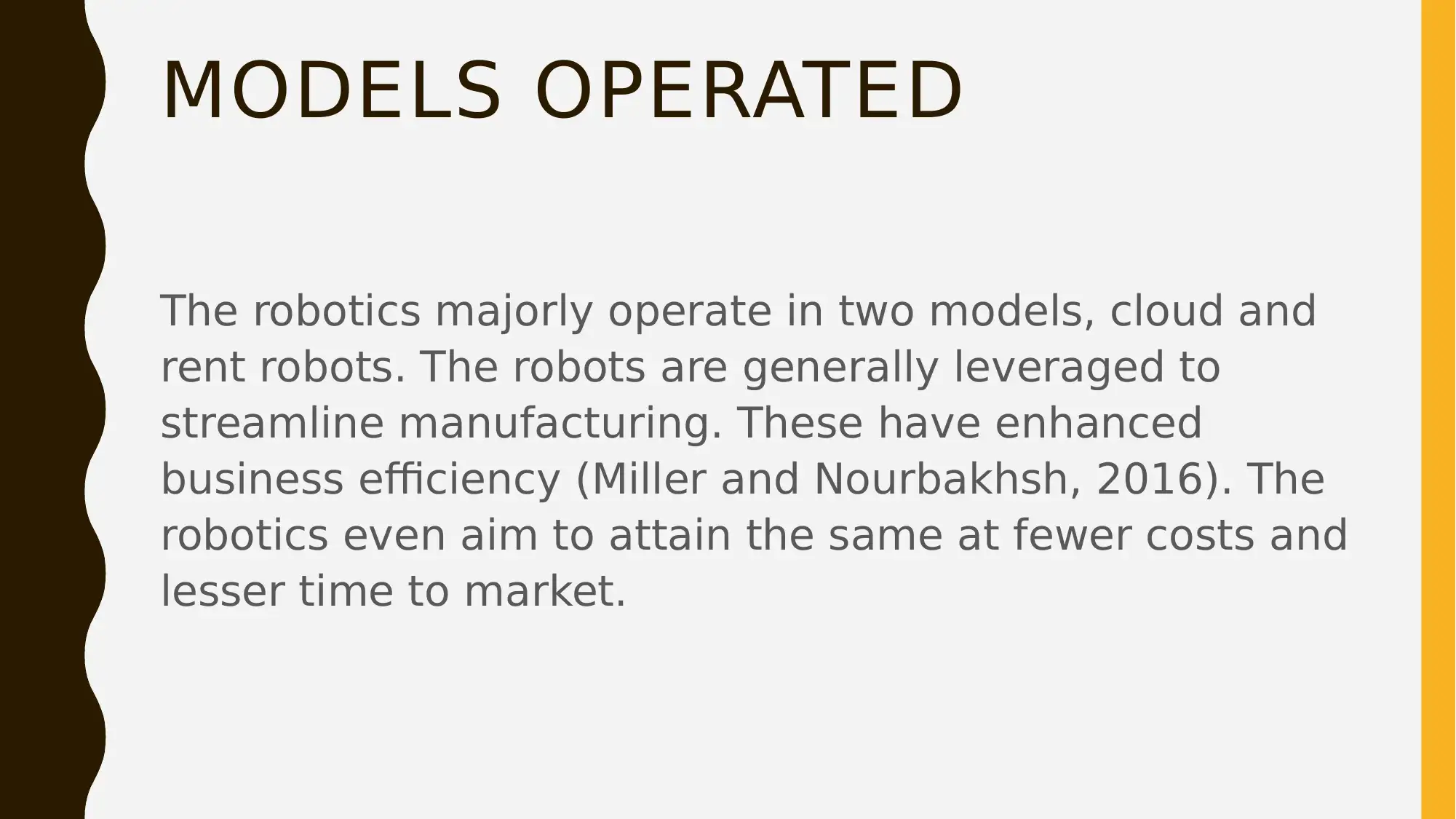
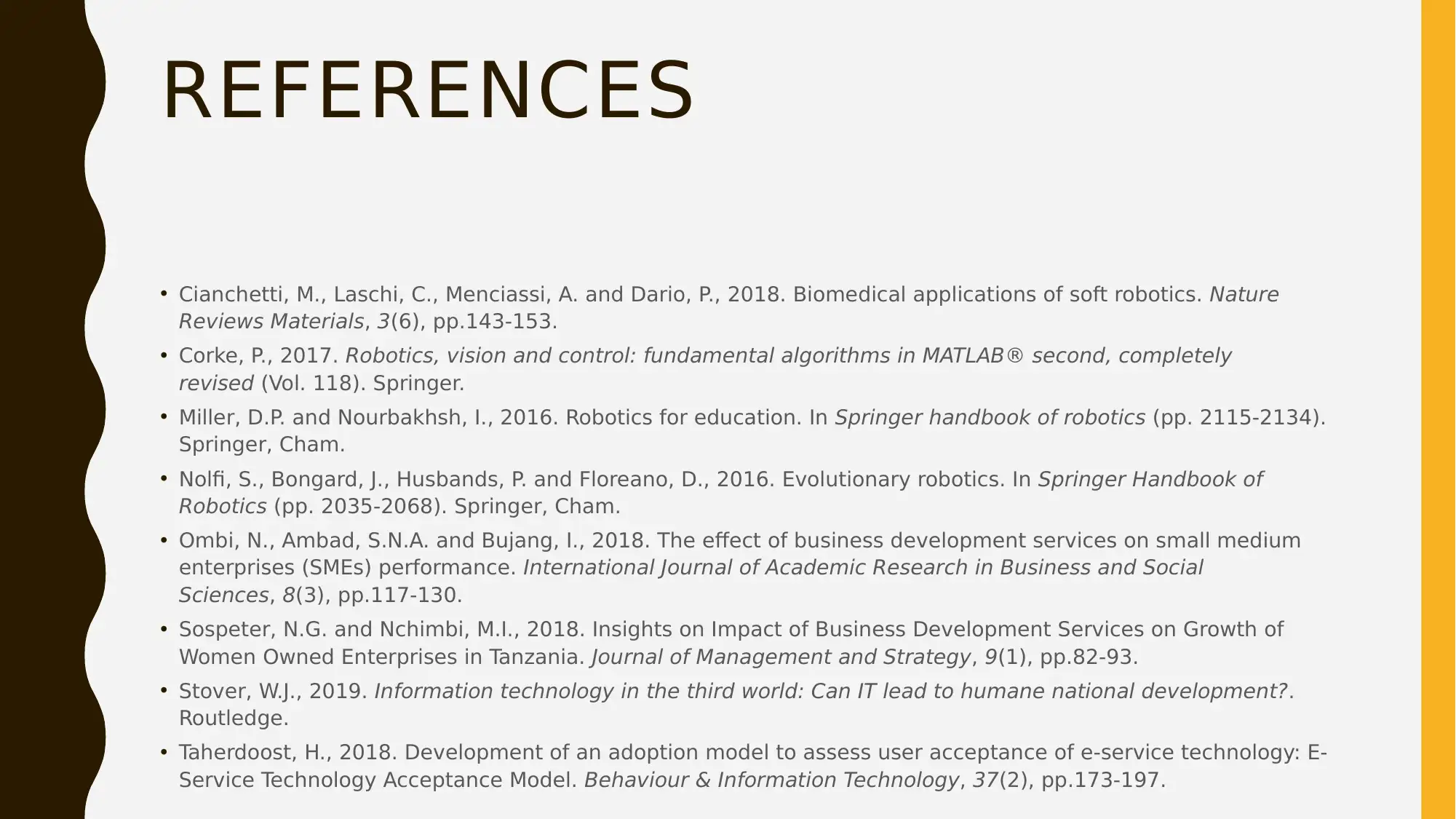




![[object Object]](/_next/static/media/star-bottom.7253800d.svg)